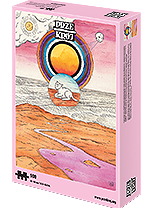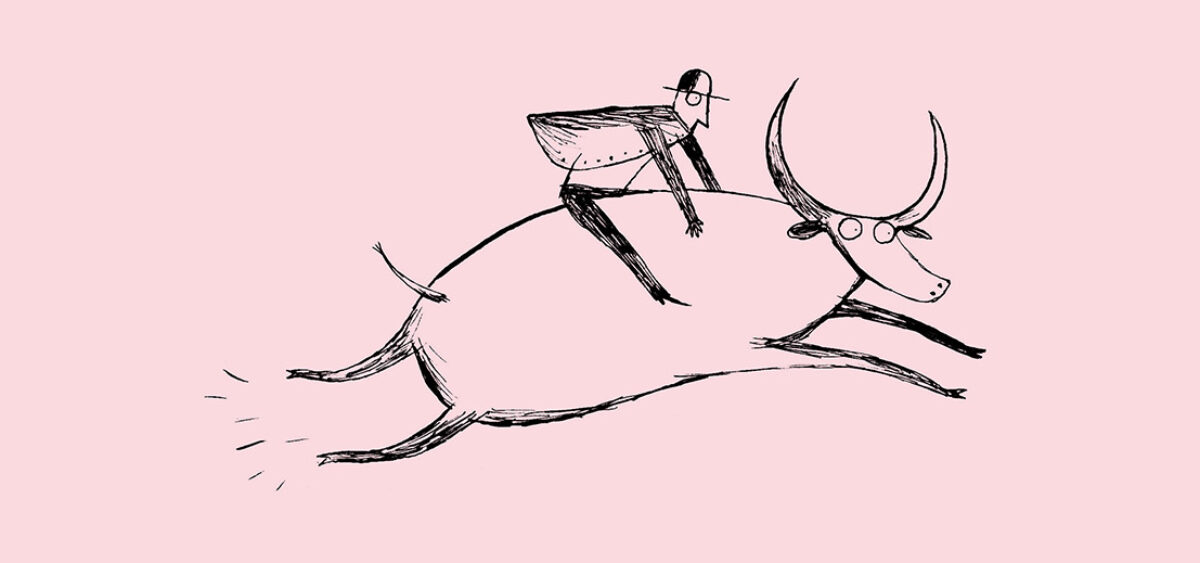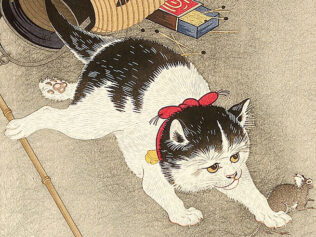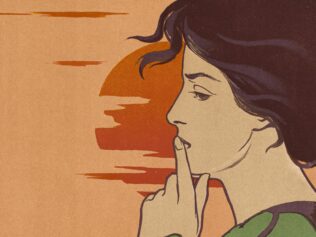
Here is an old tale that is part of the Zen tradition. At first, it only consisted of drawings (five, six, and eventually 10) and poems, which we present you with below. Their author, a Chinese monk, lived in the 12th century and was called Kuòān Shīyuǎn. The parable became extremely popular in Japan, from where it reached the West in the 20th century.
As far as the content is concerned, we can traditionally interpret the man heading out to search for the bull as embarking on a quest to look for one’s true nature. But there is nothing wrong with understanding the symbolism of the bull in a different way!
1. In Search of the Bull
In the pasture of the








